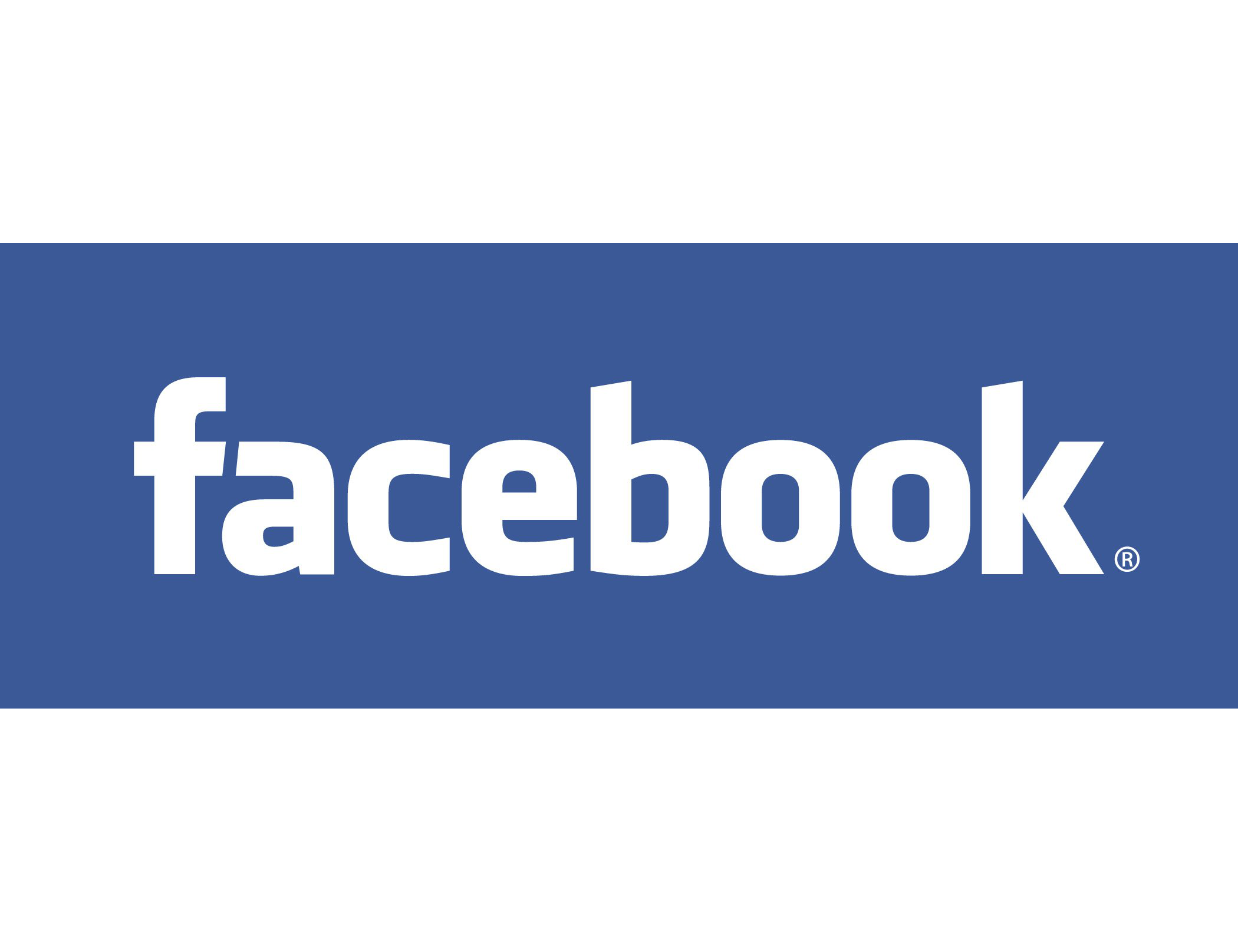 This column should have ideally been written by a woman, given that it concerns what women experience on the social media as well as on the internet. Many women receive random friend requests on Facebook from men stating: “I want to do frandship with you,” or something like “I want to be frands with you”.
This column should have ideally been written by a woman, given that it concerns what women experience on the social media as well as on the internet. Many women receive random friend requests on Facebook from men stating: “I want to do frandship with you,” or something like “I want to be frands with you”.
Of course it is safe to say that men who send out such requests do not really understand the basic etiquette that one needs to follow on Facebook and other social media. Their English language skills are nothing to write home about. And honestly, I am being a tad euphemistic here.
Nevertheless, there is enough anecdotal evidence to suggest that men who send out such friend requests do not really give up that easily. Even though, their friend requests keep getting rejected, they keep sending out newer ones. Some of them even end up as proper stalkers.
Why is that? Nobel Prize winning economist Alvin E. Roth has a possible explanation in his new book Who Gets What and Why—The Hidden World of Match Making and Market Design. As he writes: “Think of an Internet dating site on which women with appealing photos receive far more messages than they can answer and men find that very few of their messages draw responses. This causes men to send more, and hence more superficial, messages and women to respond to fewer and fewer of them.”
While Facebook is clearly not a dating site, Roth’s logic applies perfectly to the random friend requests that are sent out on Facebook. And this explains to a large extent why some women do not have their pictures as profile pictures on Facebook. It just attracts the wrong kind of attention.
The interesting bit is that the same phenomenon plays out in a different way on matrimonial websites as well. During the course of last week, I met two friends, who, rather late in life have started using matrimonial websites in their quest to get married quickly. The female friend complained that she was getting way too many proposals, and it had become difficult for her to separate the wheat from the chaff.
The male friend on the other hand was disappointed with his search and felt that trying to get married through matrimonial websites was a waste of time. He had been getting proposals at a very slow rate. And this was happening despite him showing interest and sending out many proposals.
So, what is happening here? As Roth writes: “At many interest dating sites…attractive women get more emails than they can answer. The men, who find that many of their emails go unanswered, react by sending more emails.”
Further, unlike approaching a woman in person, it is very easy to send across a proposal over the internet. Hence, many end up sending too many proposals. But as Roth writes in the context of dating websites (and which I feel applies equally to the Indian matrimonial websites): “These emails become less informative, because the men submitting them are less likely to study the information contained in each woman’s profile and how best to approach her. The women in turn reply to a smaller and smaller percentages of the messages they get, and the men respond by sending even more, and even more superficial, messages.”
This essentially leads to the collapse of the matrimonial market on the internet. Given that messages can be easily sent, more and more messages are sent and ultimately nothing happens. As Roth writes: “Economists call such superficial messages “cheap talk.” When talk is cheap, it doesn’t reliably signal anything.” It leads to congestion setting in, “and that can make it impossible for participants to identify the most promising alternatives the market has to offer.” And that makes the entire situation quite tricky for both men and women looking to get married.
(Vivek Kaul is the writer of the Easy Money trilogy. He tweets @kaul_vivek)
The column appeared in the Bangalore Mirror on August 19, 2015

